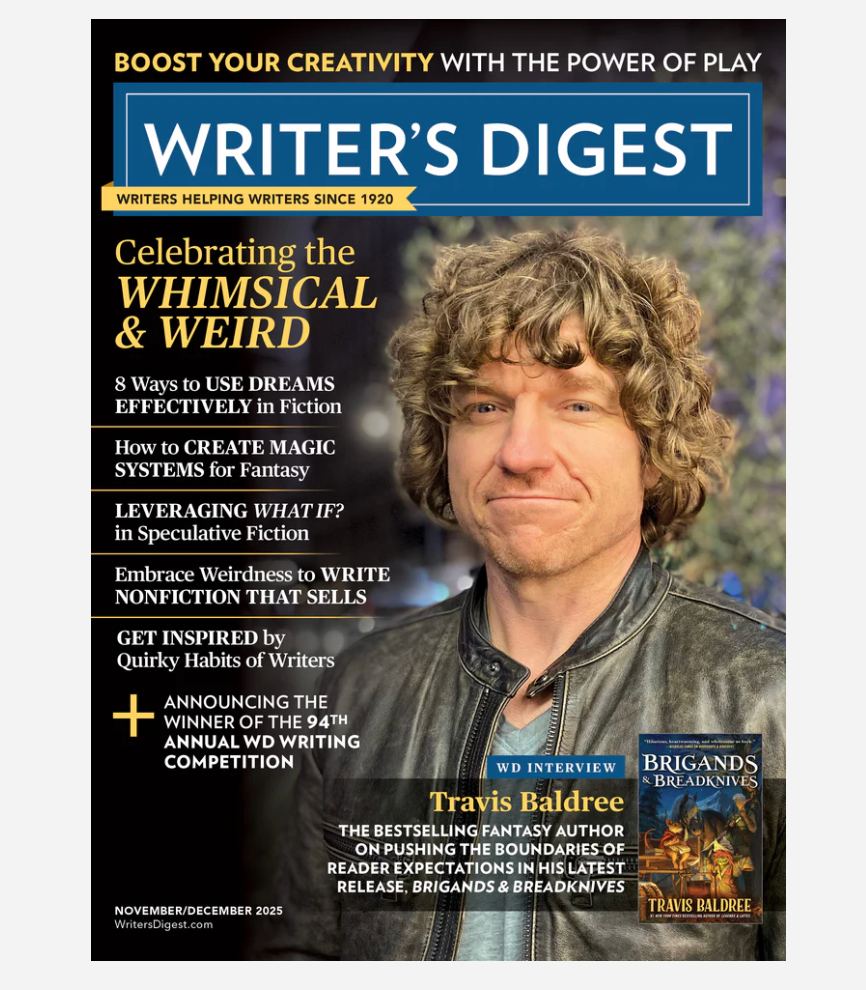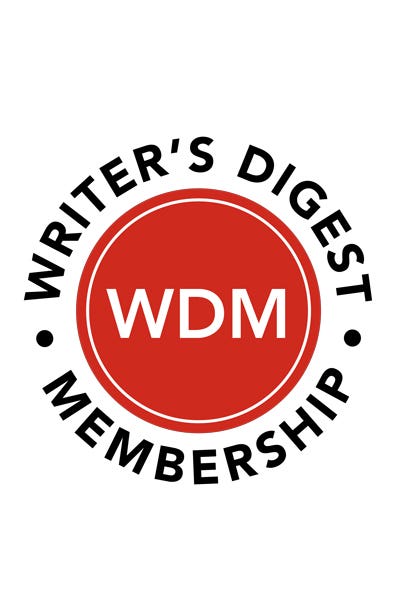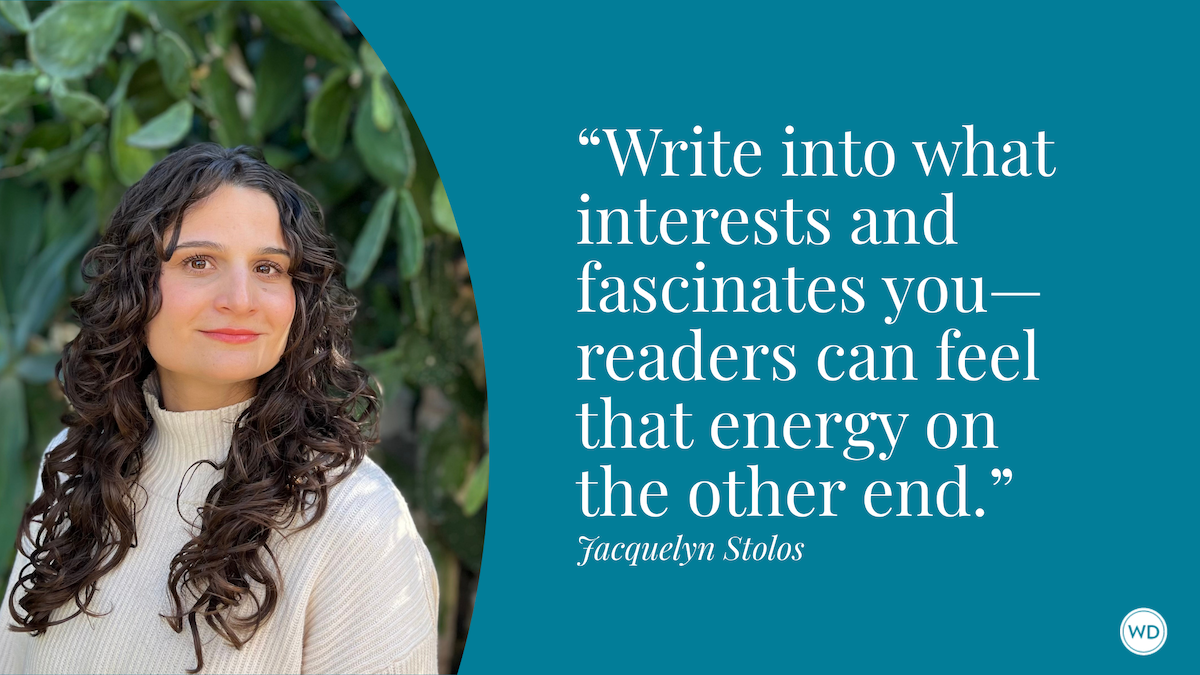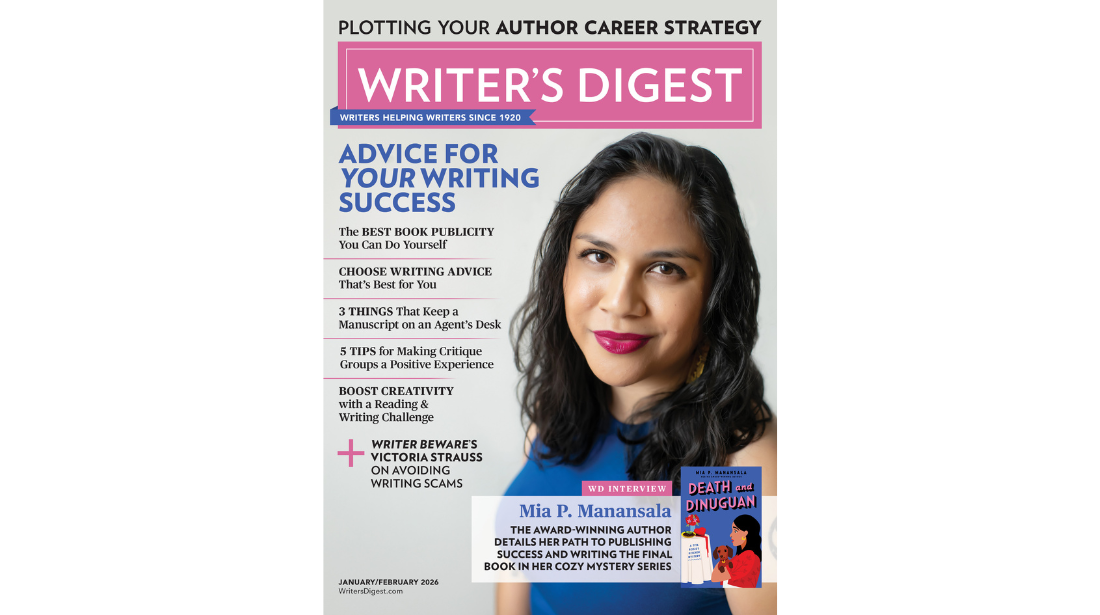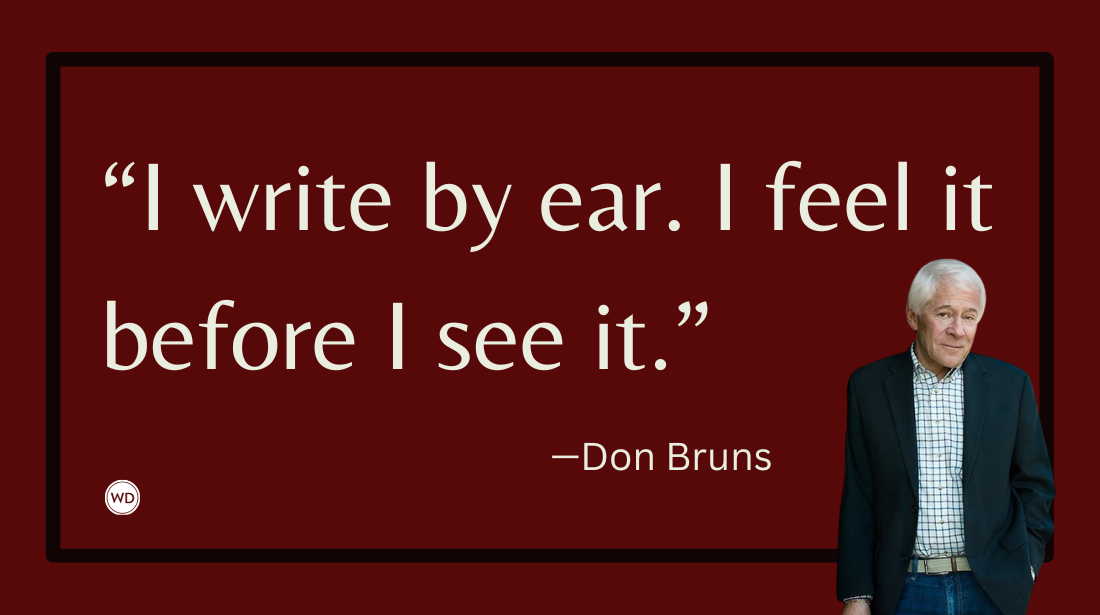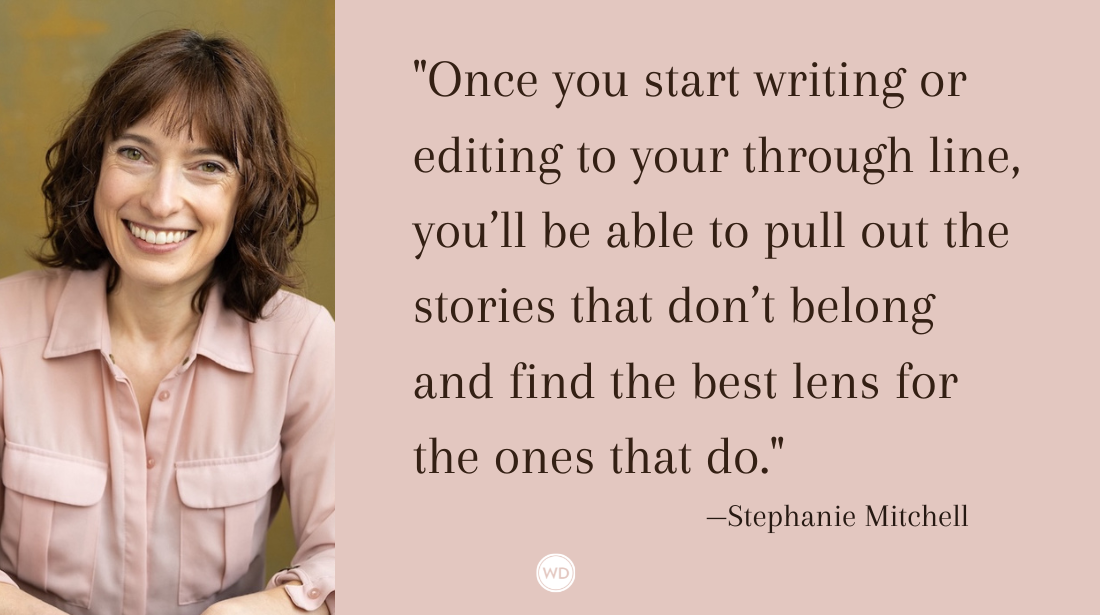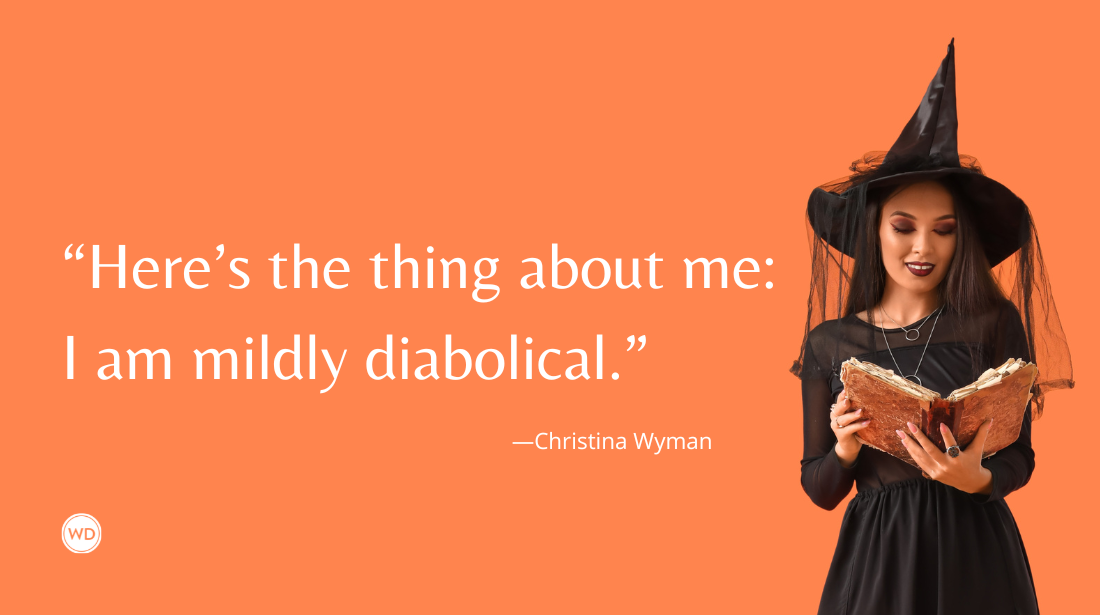10 Most Important Comma Usage Rules
Matthew Adams breaks down the 10 most important comma usage rules, from handling geographic names to transitional phrases and more.
The comma is one of the most widely used English punctuation marks alongside the period (otherwise full stop). However, there is a much wider variety of usage rules for commas than periods. With its many usage rules, the comma can be misused with greater regularity than other punctuation marks if you're not careful with placement. Some articles (or books) can lack required commas or include misplaced ones in places they need not be.
The comma punctuation mark highlights a shorter, softer pause in a sentence than a full stop. It is a cue to take a quick breath when reading anything aloud, while the full stop represents a longer pause. Articles with too many unnecessary commas can be fragmented, but those with too few can leave you slightly breathless. These are some of the most important comma usage rules to be aware of for your articles or books.
Coordinate Conjunctions
Coordinate conjunctions are joiner words that connect two independent clauses in single sentences. And, but, for, nor, yet, or, and so (remember the FANBOYS acronym) are the coordinate conjunctions with which we can join independent clauses that could otherwise stand alone in separate sentences. You should always add a comma after coordinate conjunctions that join two independent clauses in sentences. Here are some examples of coordinate conjunction comma usage:
- "The sprinter ran fast, but he still lost the race."
- "You can go to the cinema with me, or you can go to the beach on your own if you prefer."
- "The man walked down the street, and then he brought a newspaper from the newsstand."
Each of those examples includes two independent clauses that could stand alone as sentences. The coordinate conjunctions and, or, and but join the clauses into single sentences with their commas. Note that joining independent clauses with commas alone, without suitable coordinate conjunctions, is called the comma splice, which is something to avoid.
List Series
You should always include commas to separate different items in lists included within sentences. For example, orange, yellow, blue, indigo, violet, red, and green are the seven colors of the rainbow. An alternative to using commas is to add lists with bullet-point formatting, but you must always use commas for those within sentences.
However, UK and US English have different stylistic preferences for serial commas that separate the last two items in lists. The US English preference is to include a comma between the last two items in a list. This is not so much the case in UK English, which has a preference to exclude the serial comma between the last couple of list items. Choose whichever serial comma preference you prefer, but be consistent with usage.
Non-Restrictive Clauses
A non-restrictive clause is a non-essential part of a sentence that provides extra information (similar to brackets). Such clauses can be in the middle or at the end of a sentence. We should always add commas for setting off non-restrictive clauses, typically added with phrases like such as, otherwise, and which. These are some examples of non-restrictive clauses set off with commas:
- "There are many great historic attractions in Rome, such as the Pantheon, Trevi Fountain, Colosseum, Spanish Steps, and Castel Sant'Angelo."
- "The video game, which I purchased from Steam, was grossly overrated."
- "My pet dog, otherwise a Bulldog, barks like crazy."
Dates
It is necessary to include commas for the US date format of MM-DD-YY. For example, the full date, June 6, 2025, should have a comma in between its day and year. This comma is necessary for separating two different numbers. However, a monthly date like June 2025 does not need to include a comma.
Coordinate Adjectives
Coordinate adjectives are two or more adjacent nouns for describing the same subject or noun. We should include commas in between coordinate adjectives within sentences. Here are a few examples of coordinate adjectives with commas included for them:
- "It was a cold, wet day in Glasgow."
- "I took a holiday on a large, overcrowded cruise ship."
- "Snooker is one of the dullest, least energetic sports to play."
Quotations
It is a general rule to introduce short one-sentence quotations within paragraphs with commas. For example, the actor Matthew McConaughey is quoted as saying, "Life is a series of commas, not periods." However, the AP Style guide advocates using colons for introducing quotes of two sentences or longer.
Commas are also used for closing quotes within sentences in American English. If you prefer to start a sentence with a quote and include attribution at the end, add a comma to the end of the quote before attributing the source. "Life is a series of commas, not periods," said the actor Matthew McConaughey.
Transitional Phrases
Transitional phrases are phrases and words for connecting related ideas or showing contrasts at the beginning of sentences. Such phrases like however, so, nevertheless, consequently, as a result, for example, and thus can enhance the flow of articles or books when included. Always add commas after transitional phrases that start sentences, like in these examples:
- "So, who can tell me if we need to head north or south?"
- "Consequently, this vehicle won't start."
- "Nevertheless, Chelsea still won the match despite the bad start."
Introductory Phrases
An introductory phrase is a set of words added before a sentence's main clause. The purpose of most introductory phrases is to add extra context, more description, or set the stage for the main clauses in sentences. Infinitive, absolute, appositive, prepositional, and participial are the five main types of introductory phrases for starting sentences. Such phrases should always have commas that separate them from the main sentence clauses, as in these examples:
- "To move the rock, we'll need a crane."
- "An astonishingly colorful and vibrant show, the musical production was certainly worth watching."
- "After bombing Pearl Harbor, the Japanese planes returned to their aircraft carriers."
Direct Address
Direct address is a writing construct for the direct addressing of a person or group. Fictional books typically include more instances of direct address for character dialogue. When adding a direct address at the beginning of a sentence, you should add a comma after the noun. Add commas before and after directly addressed names added mid-sentence. These are some examples of comma usage for direct address:
- "Mr. Andrews, don't forget the prior agreement we had."
- "Billy, please answer the telephone."
- "Dad, where did you put the door keys?"
- "Who knows, Dr. Smith, where your lost documents might be."
Geographical Names
You must include commas for separating two connected geographical names. Connected geographical names are two parts of the same destination, such as city and country. Also, note that additional commas should be included after related geographical names in the middle of sentences. These are some geographical destinations with commas added to separate them:
- "The 1996 Olympic Games were held in Atlanta, Georgia."
- "I took my vacation in Plymouth, Devon."
- "I have lived in London, England, for many years."
There are numerous other comma usage rules beyond those discussed here. However, the comma rules above are some of the most important ones that cover the most common usage scenarios. Remembering those rules will likely ensure more accurate comma placement in your articles, books, or other content.
Matthew Adams is a freelancer who has produced a variety of articles for various publications and websites, such as Swing Golf Magazine, TripAdvisor, Windows Report, Tech Junkie, MakeUseOf, Naval History, Military History Matters, Artilleryman, dotTech, and Bright Hub. He has been a freelance tech writer for more than 10 years. Matthew is also the author of Battles of the Pacific War 1941-1945. Check out the book’s blog at battlesofthepacificwar.blogspot.co.uk.


